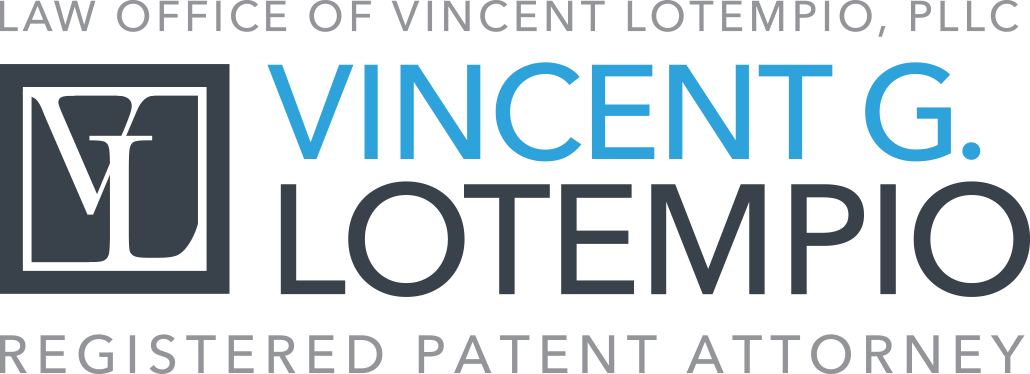Patents for Plants
Are Plants Patentable?
Yes, the U.S. Patent and Trademark Office (USPTO) awards patents to cultivators and inventors who create unique plant designs. In the mid 20th century the world began a transition from old world agriculture to new age industrialized farming. Known as the “Green Revolution,” this period of time saw the growth of genetically modified and selectively bred plants. Delegated the power to regulate patents, congress saw it necessary for the people responsible for these developments to be able to protect their work. In 1952 they passed 35 U.S.C. §161 which gave plant patents to,
Whoever invents or discovers and asexually reproduces any distinct and new variety of plant, including cultivated sports, mutants, hybrids, and newly found seedlings, other than a tuber propagated plant or a plant found in an uncultivated state, may obtain a patent therefor, subject to the conditions and requirements of this title [and, according to a 1954 amendment to the provision, plants can also be patented] Provided that plant seedlings, discovered, propagated asexually, and proved to have new characteristics distinct from other known plants…
USPTO Guidelines For Plants
The USPTO has a set list of guidelines that cultivators must follow if they wish to obtain a patent. One of the focus provisions of patenting plants is, “That the plant was invented or discovered and, if discovered, that the discovery was made in a cultivated area.” This means that an inventor or cultivator can not simply stumble across the plant in the wild. The plants have to be invented or discovered in a controlled environment. The remaining criteria are,
- That the plant is not a plant which is excluded by statute, where the part of the plant used for asexual reproduction is not a tuber food part…
- That the person or persons filing the application are those who actually invented the claimed plant; i.e., discovered or developed and identified or isolated the plant, and asexually reproduced the plant.
- That the plant has not been sold or released in the United States of America more than one year prior to the date of the application.
- That the plant has not been enabled to the public, i.e., by description in a printed publication in this country more than one year before the application for patent with an offer to sale; or by release or sale of the plant more than one year prior to application for patent.
- The invention would not have been obvious to one skilled in the art at the time of invention by applicant
Asexual Reproduction
Asexual reproduction is the process of propagating a plant to multiply without the use of seeds. This is done in order to insure that a perfect copy is made. The USPTO requires the asexual reproduction of vegetation to prove the stability of the product. It also ensures that the specified features of the plant remain through the process of reproduction.
How To Show That Plants Are Different From Each Other?
Like in any invention, in order to obtain a patent the product has to be proven to have at least one differentiating feature from other products. The same is true for plants. They are required to have one or more distinguishing features from plants of a similar family or genome. Another requirement is that these differences cannot be the product of growing conditions of the fertility of the area.
An important step in determining whether a plant is eligible for patent is by conducting a patent search. This will determine how the plant compares to other prior art and help conclude the patentability of the plant.
What Do Patents for Plants Protect?
Application for a plant patent would be filed as a utility patent, subsequently plant patents are protected for 20 years before they enter the public domain. Certain things are not protected during this 20 year period, including any sports or mutants that form from the patented plant. These mutants are eligible for separate patents. However, they are not property of the original inventor or cultivator unless he or she patents them. What is protected is the reproduction and sale of the original patented genome.
Does this article interest you? Subscribe to the LoTempio Law email newsletter to receive posts and updates just like this conveniently in your email box!
Disclaimer: This article is not intended to be legal advice and is meant to be for educational or entertainment purposes only. For legal advice and questions, please contact Patent Attorney Vincent LoTempio


